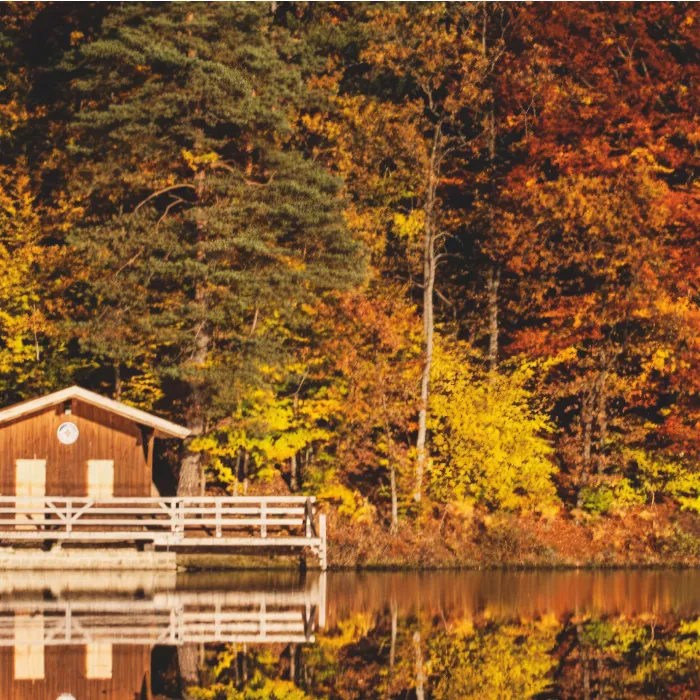If you want to take control of your camera's aperture, shutter speed, and sensitivity, you're in the right place. Manual camera control may seem challenging at first, but with the right guidance, it becomes easy. In this guide, you will learn how to effectively use the manual modes M and B of your camera to enhance your photography skills and optimally expose your images.
Main Insights
- The manual mode M allows precise adjustment of aperture, shutter speed, and ISO.
- Look for consistent lighting conditions to achieve the best results.
- Use mode B for long exposures, e.g., when photographing fireworks.
- Regularly check your settings via your camera's display.
Step-by-Step Guide
1. Familiarize Yourself with Manual Settings
First, you should familiarize yourself with the basic exposure values. Aperture, shutter speed, and ISO are the trio responsible for the exposure of your images. Each of these elements affects the final image differently.
2. Using Mode M
In the manual mode M, you can adjust each of the three values independently. This is especially useful if you want full control over the exposure of your photos. Regularly check the image preview on your camera's display to see if the exposure is correct.
3. Stability of Exposure Values in the Studio
Manual photography is particularly beneficial in stable lighting conditions, such as in a studio. Here, you can determine the exposure at the beginning and then leave it unchanged throughout the entire shoot. This prevents automatic programs from unintentionally adjusting values when the composition changes.
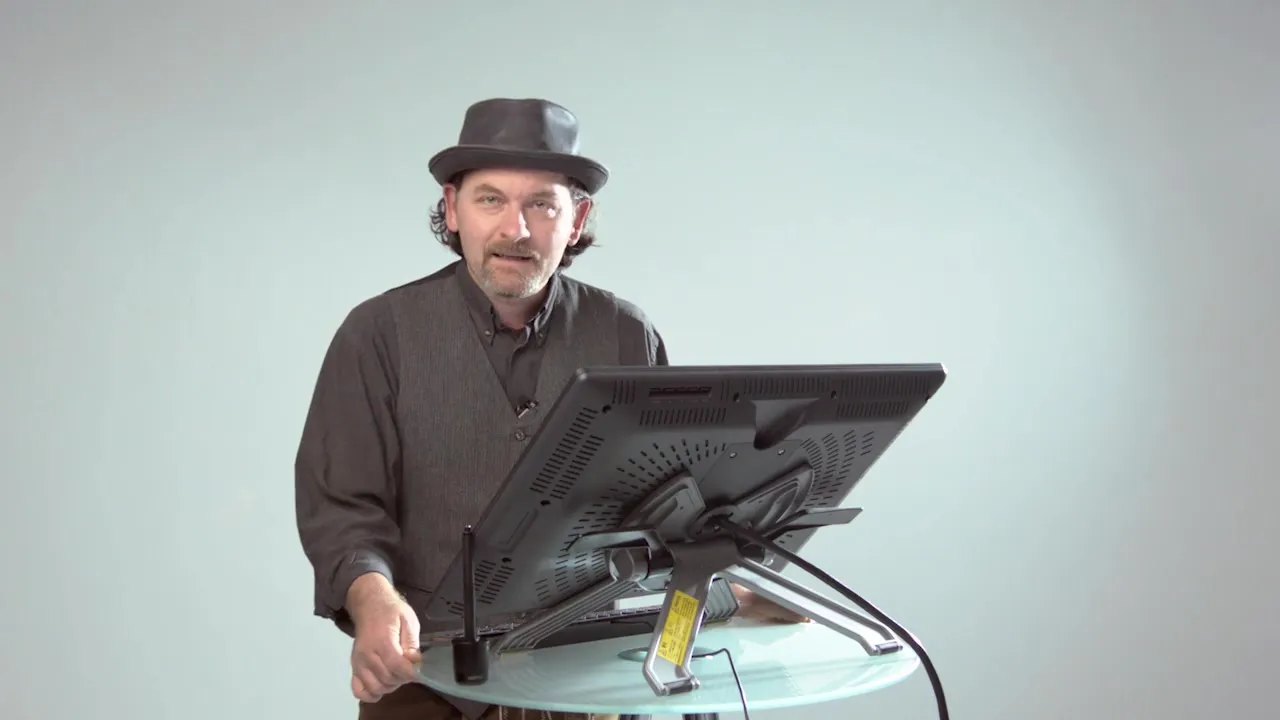
4. Make Adjustments in the Studio
If you feel that the exposure needs to be a bit brighter or darker, you can simply adjust the aperture or fine-tune the lighting as needed.
5. Experimenting with Constant Lighting Conditions
When photographing under consistent lighting conditions, such as at a theater event, you can quickly determine the optimal exposure values and use these settings throughout the evening, as long as the lighting doesn't change.
6. Introduction to Mode B
Mode B (Bulb) is ideal for long exposures. You keep the shutter open for as long as you need. Note that not all camera models offer this mode. Check your mode dial or camera menu for the B mode.
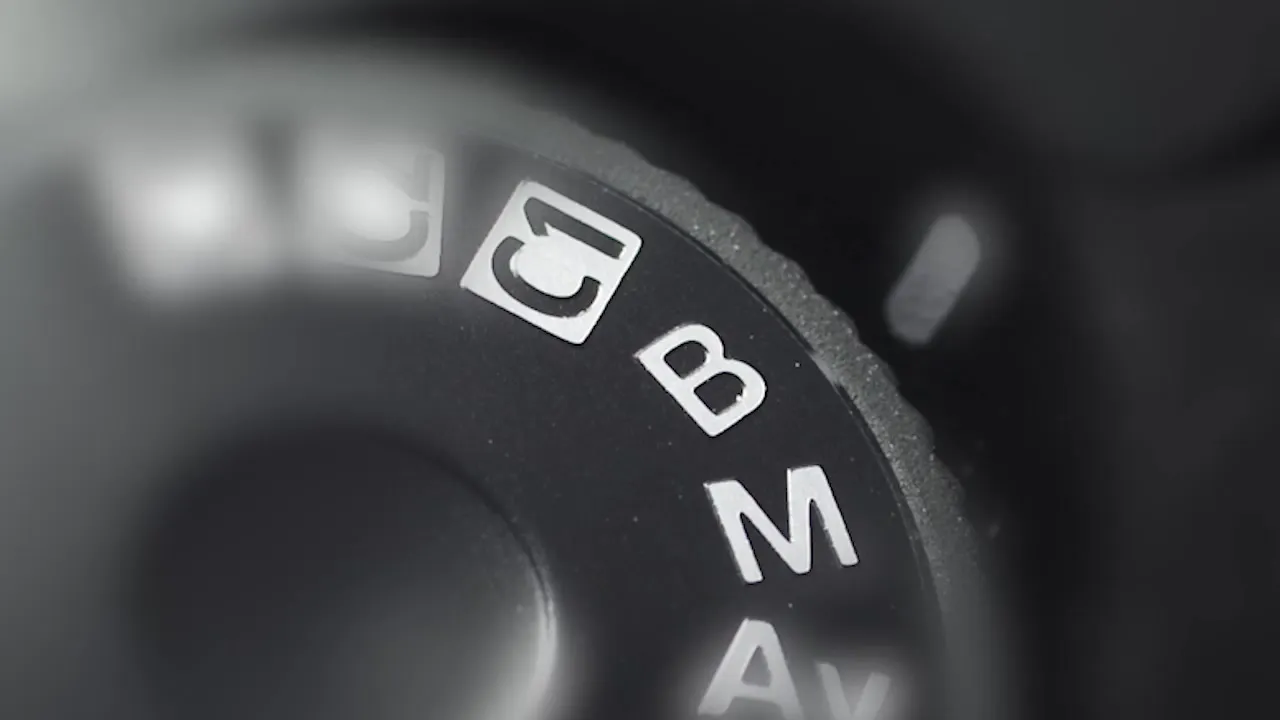
7. Practical Tips for Long Exposures
To avoid camera shake, use a tripod and a cable or wireless remote shutter release to keep the camera stable. Especially when photographing fireworks, it's advisable to set ISO 100 and aperture 11. Manually keep the shutter open until the fireworks light up.
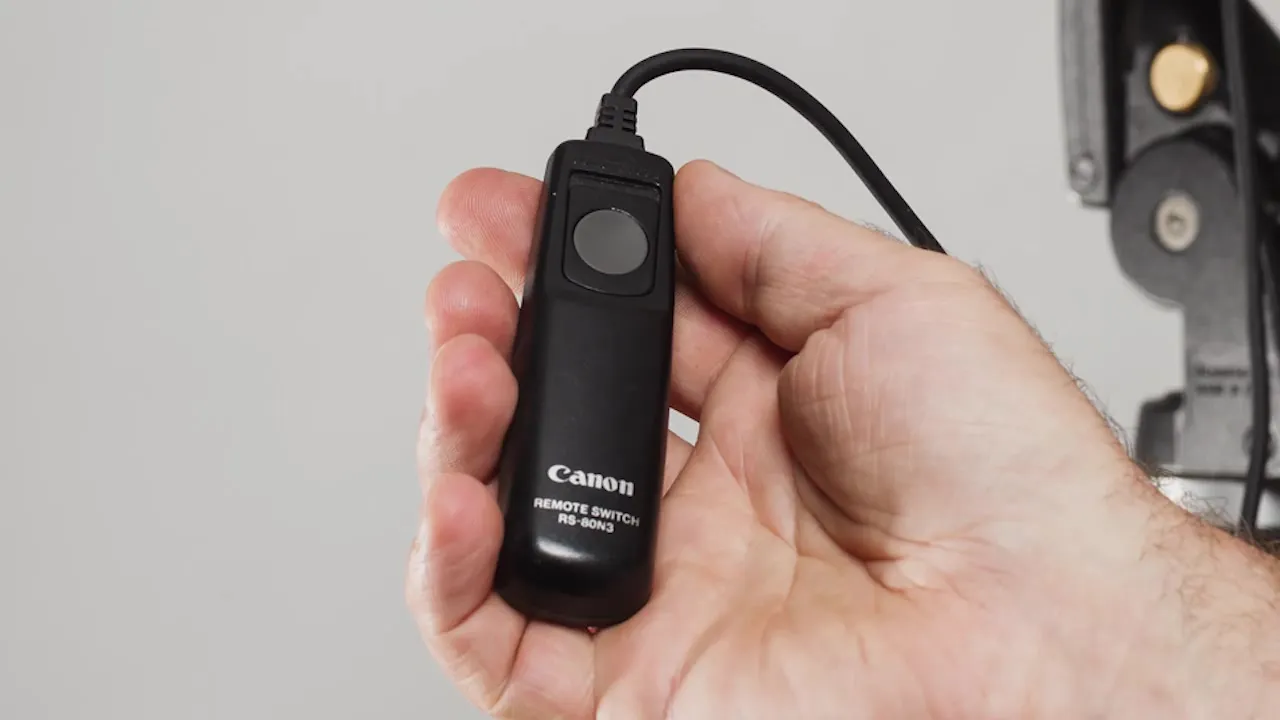
8. Image Review After Shooting
After each shot, check the display to see if the framing conveys the desired impression. You may need to realign the camera or adjust the focal length.
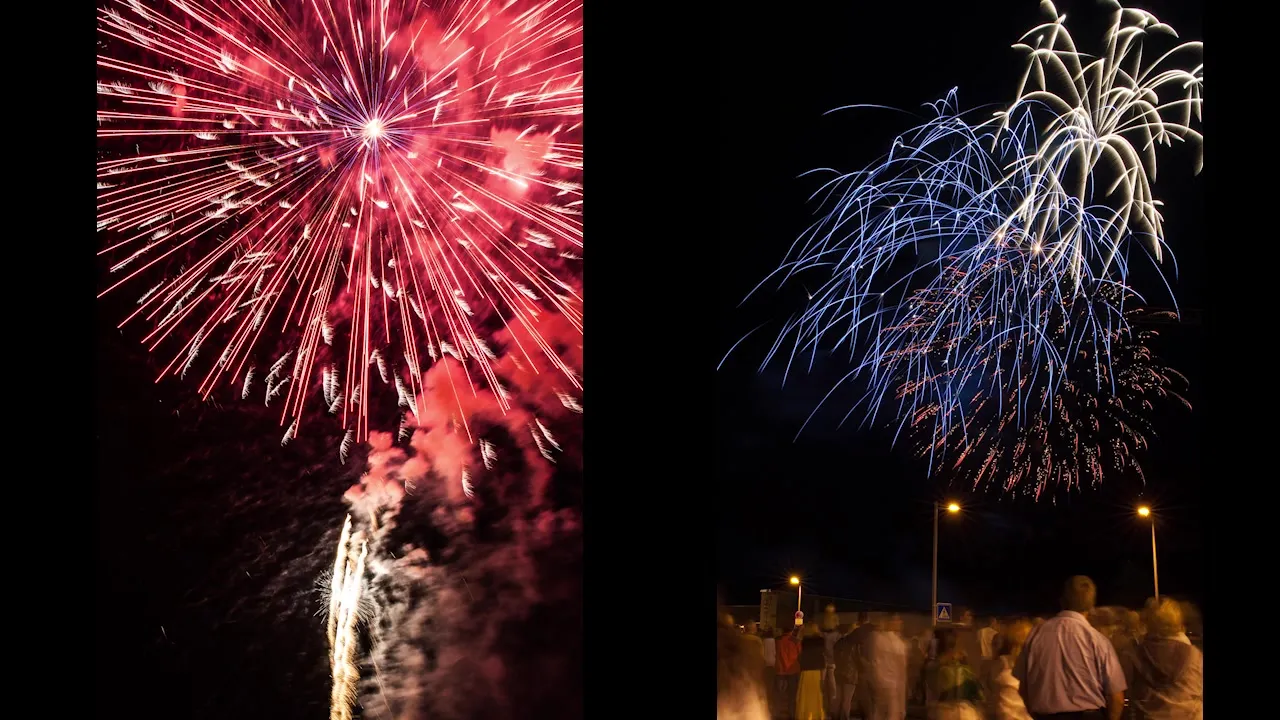
9. Adjusting Focus
Be sure to set the focus correctly. A focal length of about 30 to 50 mm works best at a distance of several meters. This ensures that the entire depth of the image remains sharp.
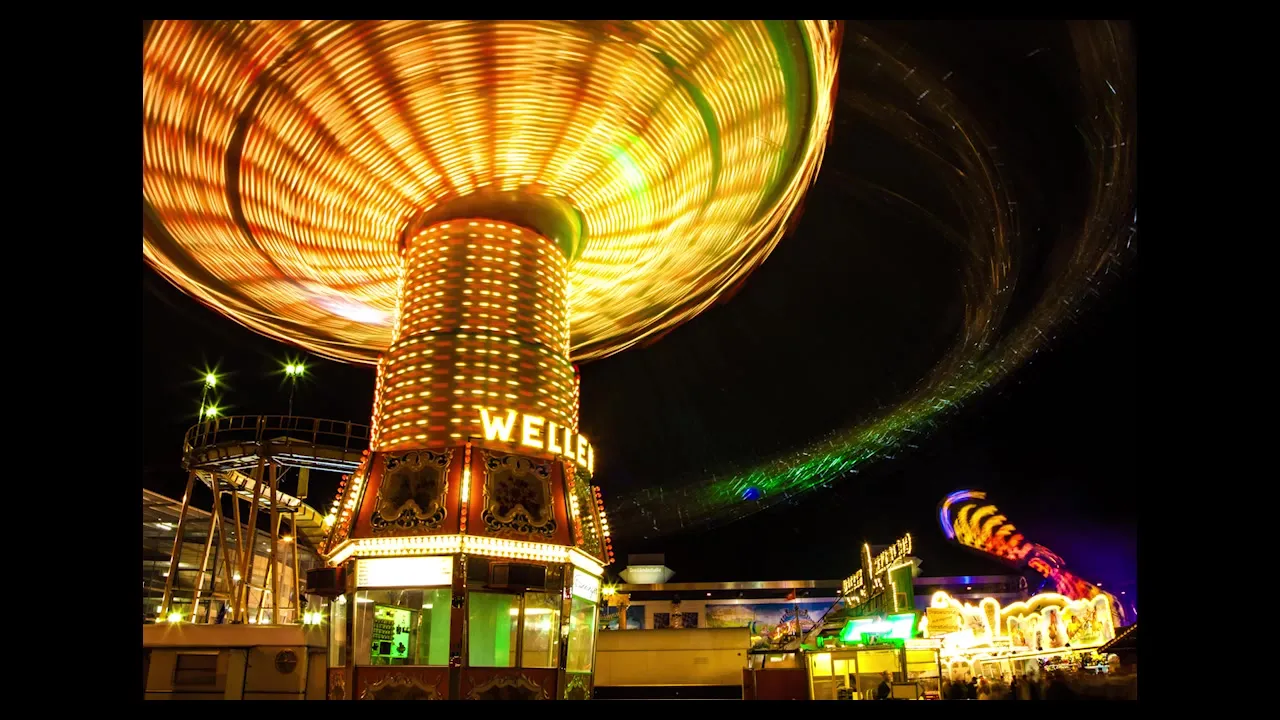
10. Make Adjustments
Work with modes M and B to optimally enhance the exposure of your photos. Take advantage of the opportunity to instantly review each image on the display and adjust the values as needed.
11. Check Individual Settings
Refer to your camera manual to see how you can change aperture, shutter speed, and ISO values according to your camera.
Summary – Mastering Digital Photography: A Quick Overview of Manual Exposure
Manual exposure gives you the freedom to be creative with your shots. It is especially effective if you value control over aperture, shutter speed, and ISO. By regularly checking the exposure settings on your display and making adjustments to the values, you can achieve impressive photographic results.
Frequently Asked Questions
What is the difference between modes M and B?Mode M allows full manual control over aperture, shutter speed, and ISO. Mode B keeps the shutter open for as long as you press the shutter button, ideal for long exposures.
How do I choose the right values for aperture, shutter speed, and ISO?Start with standard values (e.g., ISO 100, aperture 8) and adjust them based on lighting conditions and desired image aesthetics.
What should I consider with changing lighting conditions?In changing lighting conditions, mode M is less optimal. It may be more sensible to fall back on semi-automatic modes or continuously adjust the exposure values.
How can I ensure sharpness in my images?Use a short focal length and manually set the focus at a distance of several meters to ensure consistent sharpness in the image.
Why should I use a remote shutter release?A remote shutter release minimizes camera shake during long exposure and thus results in sharper images.
